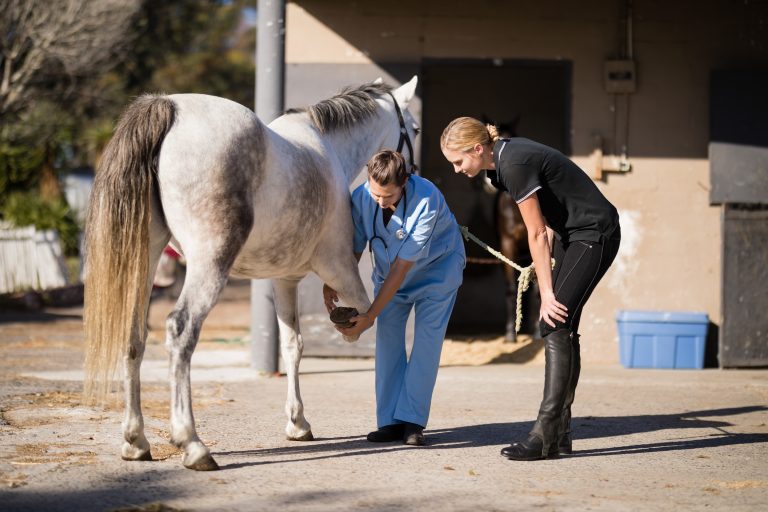
What is the key to veterinary compensation?
It is no secret that equine practices are struggling to find associates. Also, fewer veterinary school graduates are entering the equine field. 2020 graduates had an average educational debt of about $188,000. That means adequate income to repay this obligation is part of the equation.
The AVMA Senior Survey of 2020 reported the average starting salary for graduates who accepted positions in companion animal practice directly out of school to be around $93,000. For those four males who entered equine practice without an internship, the average starting salary was $75,000. This was in comparison to $56,000 for the 26 female graduates.
This inequity in veterinary compensation is unacceptable and must change.
Practice Inequities
The equine veterinary industry must attract and retain young practitioners. Therefore, veterinary compensation needs to be closer to that of companion animal positions.
It can be difficult for new equine graduates to build a sufficient revenue in their first year to support a more comparable salary. Those in small animal practices have an advantage. They can take the patient into the treatment room away from clients’ eyes and perform procedures for the first time under the watchful eyes of colleagues, with generous technical staff.
Equine practitioners typically only have this luxury in an internship, and sometimes not even then.
Horse owners are notoriously unaccepting of new veterinarians. Practice owners often unwittingly feed this attitude by not enthusiastically supporting their new associates. Building a caseload and enjoying the trust of clients takes more time in equine practice. Therefore, making a strong effort to facilitate the process is good business.
Base Salaries
To attract candidates, base salaries for associates in equine practice need to be a minimum of $75,000. This is in addition to having the opportunity to earn a production bonus. In years past, business consultants talked about a ceiling of 25% of revenue production as the total acceptable spend on a veterinarian’s salary and benefits. There is a recent lack of applicants for positions and the high attrition of associates. That means practices have been forced to spend more to attract and keep veterinarians.
At the 2020 AAEP Convention, Dr. Marsha Heinke reported updated benchmarks. She found ambulatory practices paying an average of 28% of revenue production in veterinarian salaries before the provision for benefits or other associated expenses.
In hospital practices with ambulatory divisions, she said the blended average was 22% of revenue production. The ambulatory practitioners in those hospital-based practices are likely being paid a higher percentage to reflect their lower facility and equipment costs to the practice, while those earning revenue inside the hospital are likely earning a lesser percentage.
Funding Veterinary Compensation
In order to provide the compensation packages that will attract associates, practice owners will need to raise service fees and increase the percentages of revenue that they offer for production pay.
Benefits common to practices that are successful in recruiting new doctors include employer payments toward educational debt (the CARES act provides for $5,250 in such payments annually), generous CE budgets, contributions to a retirement plan, health insurance stipends or coverage, professional liability coverage, licenses, memberships and plenty of time off.
Many of these practices also offer four-day work weeks and participate in emergency coalitions that reduce the amount of time that doctors are on call.
Take-Home Message
It should be no surprise that the needs of a new generation of veterinarians must be met in order for them to embrace a career in the equine field. Those needs include higher pay, more flexible work hours, less emergency duty and more time for life outside of veterinary medicine. Practices that are innovative and nimble in meeting these needs will be the beacons of success in the coming years.
Editor’s Note: Check out this episode of The Business of Practice podcast on Equine Veterinary Compensation. The guest is Mike Pownall, DVM, MBA.
Disclaimer: This content is subject to change without notice and offered for informational use only. You are urged to consult with your individual business, financial, legal, tax and/or other medical providers with respect to any information presented. Synchrony and any of its affiliates, including CareCredit, (collectively, “Synchrony”) makes no representations or warranties regarding this content and accept no liability for any loss or harm arising from the use of the information provided. All statements and opinions in the article are the sole opinions of the author. Your receipt of this material constitutes your acceptance of these terms and conditions.








